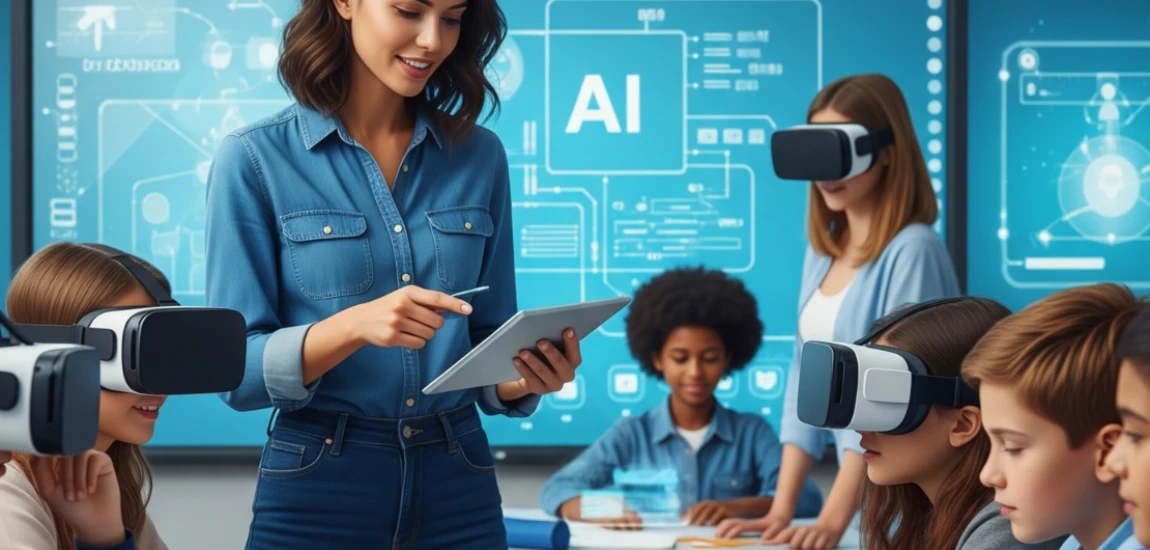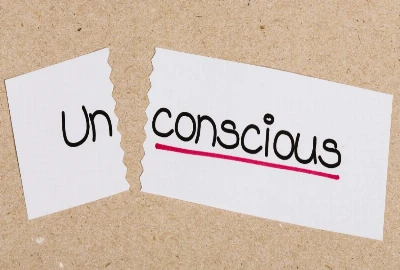The Age of AI Nostalgia: When Algorithms Start Missing the Past

The internet has always had a strange relationship with memory. It never forgets—yet it constantly rewrites. In recent years, that relationship has taken an uncanny turn. Artificial intelligence, the technology built to predict the future, is now obsessed with the past. From AI-generated Polaroid photos and simulated VHS filters to algorithms curating “throwback” playlists and recreating dead celebrities’ voices, we’ve entered the Age of AI Nostalgia.
But this nostalgia isn’t ours alone—it’s algorithmic. Machines are learning what we miss, remixing collective memories, and serving them back to us in pixel-perfect loops. The result is both comforting and eerie: a digital world haunted by the past, manufactured by code. This blog explores how AI nostalgia works, why it resonates so deeply, and what it reveals about our emotional relationship with technology.
The Rise of Algorithmic Nostalgia

When Data Becomes Memory
AI learns from patterns, not feelings. Yet, by analyzing our clicks, likes, and listening habits, algorithms detect what comforts us—often the familiar. Spotify’s “Your Time Capsule” playlist, YouTube’s “decade rewind,” or Instagram’s vintage filters all cater to our emotional longing for simpler times. AI doesn’t remember the past—it reconstructs it from our data trails.
The Business of Sentimentality
Nostalgia sells. Tech companies capitalize on emotional memory to keep users engaged. Platforms like TikTok and Instagram encourage “nostalgia content”—old songs, aesthetics, and trends—precisely because it drives retention. In the attention economy, emotional resonance equals profit, and AI is the new nostalgia merchant.
Machines That Remember for Us
In a world of infinite content, AI curates comfort. Algorithms feed us fragments of our digital history—old posts, memories, “on this day” features—blurring the boundary between reminiscing and reliving. The result is a personalized feedback loop where the past feels algorithmically alive.
Why Humans Crave Digital Nostalgia

The Psychology of Longing
Nostalgia isn’t just sentimentality—it’s psychological self-soothing. Studies show it helps people regulate emotion, restore meaning, and maintain identity during uncertainty. In a rapidly changing digital landscape, nostalgia becomes an anchor, and AI amplifies that craving by constantly replaying it.
The Pandemic Effect
COVID-19 intensified our longing for comfort. During isolation, online spaces filled with retro aesthetics, from 2000s MySpace revivals to early-Internet graphics. AI tools learned from this behavior, curating content that mimicked emotional safety and pre-crisis simplicity.
The Loop of Familiarity
AI nostalgia taps into what psychologists call the “mere exposure effect”—the more we encounter something familiar, the more we like it. Algorithms exploit this bias, surrounding us with reminders of the past until it becomes a soothing simulation of stability.
When AI Starts Missing the Past for Us

AI’s Emotional Illusion
AI doesn’t feel nostalgia, but it mimics it with uncanny precision. Machine learning models trained on cultural archives—music, films, or photos—generate new works that feel vintage. From AI art that looks like forgotten family portraits to chatbots simulating historical figures, technology is learning to fake memory.
The Rise of Synthetic Memory
Tools like DALL·E and Midjourney generate “memories” that never existed—AI images of 1980s kids playing with non-existent toys or fake Polaroids from an imagined summer. These artifacts resonate because they blend collective memory with artificial imagination, giving us nostalgia for moments we never lived.
The Ethics of Manufactured Nostalgia
This raises questions: Who owns the past when machines can recreate it? What happens when historical truth becomes aesthetic content? AI’s ability to fabricate emotion blurs authenticity—turning memory into something both emotionally powerful and ethically ambiguous.
The Cultural Impact of AI Nostalgia

The Aestheticization of Memory
From vaporwave art to lo-fi music videos, AI nostalgia has created entire subcultures devoted to reinterpreting the past. Retro aesthetics—grainy textures, VHS distortions, synth beats—become emotional signifiers for a time before hyperconnectivity. Ironically, they’re produced by the very technology that made us nostalgic in the first place.
Resurrecting the Dead—Digitally
AI can now replicate voices, faces, and personalities from archives, reviving deceased artists or historical figures. While some see this as homage, others view it as emotional exploitation—a commercialization of human memory that confuses remembrance with replication.
Memory as Performance
On social media, users perform nostalgia through filters, edits, and captions like “I wish I could go back.” But these performances are shaped by algorithmic trends, meaning even our emotions about the past are being mediated by digital systems that decide what’s worth remembering.
The Future of Memory: Between Authenticity and Algorithm

The Fragmented Self in the Age of AI
AI nostalgia reveals a paradox: the more data we produce, the less authentic our memories feel. Algorithms curate what we see, shaping not just our recollections but our identities. When your digital feed remembers for you, personal memory becomes outsourced—filtered through a machine’s understanding of what you should miss.
Reclaiming Human Memory
The antidote to algorithmic nostalgia isn’t digital abstinence but conscious engagement. Curate your own memories—write journals, print photos, revisit real experiences without AI mediation. Human nostalgia is imperfect, emotional, and subjective; its flaws are what make it meaningful.
Designing Ethical Algorithms
Developers can play a crucial role by designing algorithms that respect emotional autonomy. Instead of manipulating nostalgia for engagement, AI systems could prioritize user consent, context, and well-being—allowing people to decide how much of their past to revisit.




